Can you paint with bubbles? Absolutely! Bubble painting is a super fun process art activity that kids of all ages can enjoy. This creative art activity involves blowing bubbles through a straw or a bubble wand onto paper! No two paintings will be alike! You can use our homemade bubble solution or store-bought solution. It’s a fantastic way to explore colors and textures. We love easy painting ideas for kids!
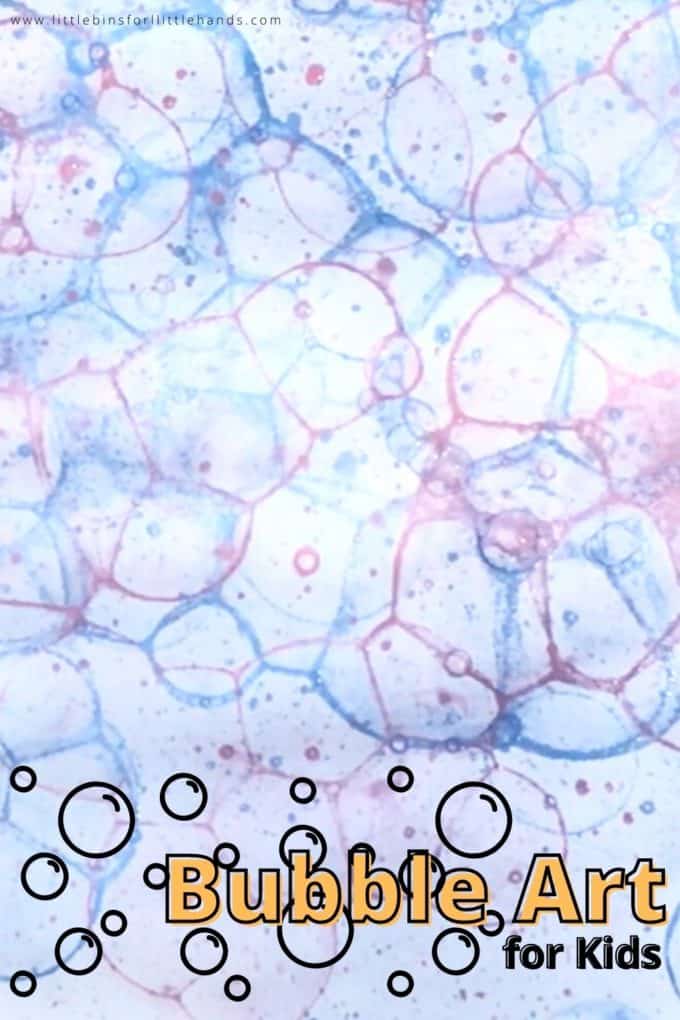
What Is Process Art?
Bubble painting is process art! Process art focuses on the creative process rather than the final product or outcome. It emphasizes exploration, experimentation, and self-expression, allowing kids to freely engage with art materials without producing something specific. In process art, the journey of creating is more important than the destination, and there is no right or wrong way to do it.
Emphasis on Exploration: Process art encourages children to explore various art materials, tools, and techniques without rigid guidelines or rules. This exploration allows kids to discover new possibilities and better understand art materials and their properties.
Open-Ended Projects: Process art projects are typically open-ended, meaning no specific instructions or end goals exist. Kids can interpret the activity in their own way, leading to a wide range of unique outcomes encouraging self-confidence and individuality!
Focus on the Journey, Not the Destination: Unlike product-focused art activities where the end result is the primary focus, process art prioritizes the journey of creating. The focus is on the joy throughout the artistic process.
Mess and Experimentation: Process art often involves messy materials and allows kids to experiment with different techniques and materials. This fosters a sense of exploration and a willingness to take risks in their creative endeavors.
Process-Oriented Language: You can use process-oriented language, such as “Tell me about your artwork” or “How did you create this?” rather than evaluating or judging the artwork.
Watch this Process Art Video Tutorial:
Grab your free bubble painting activity right now!
Bubble Painting
Want to have more fun with bubbles? Check out our awesome bubble science experiments!
Supplies:
NOTE: For more colorful bubbles, use liquid watercolors, tempera paint, or acrylic paint. Make sure you use washable paint colors!
- Bubble Solution (Here’s our homemade bubble solution recipe)
- Food Dye or Coloring
- Bubble Wands or Straws
- Paper (Card stock or watercolor paper is preferable)
- Bowls or Plastic Cups
Tip: For mixing up different colors, try using a muffin pan!
How To Paint With Bubbles
TIP: Cover your workspace with newspaper or a plastic tablecloth (shower curtain) to protect it from any paint spills or splatters. Bubble painting can get a bit messy, so it’s a good idea to be prepared with a towel or paper towel. Wear old clothes if possible.
STEP 1: Pour bubble solution into a shallow bowl (use plastic cups, a muffin pan, or whatever else is handy).

STEP 2: Add about 10 drops of food coloring and mix! Remember, for brighter colors, you can use washable tempera or acrylic paint.
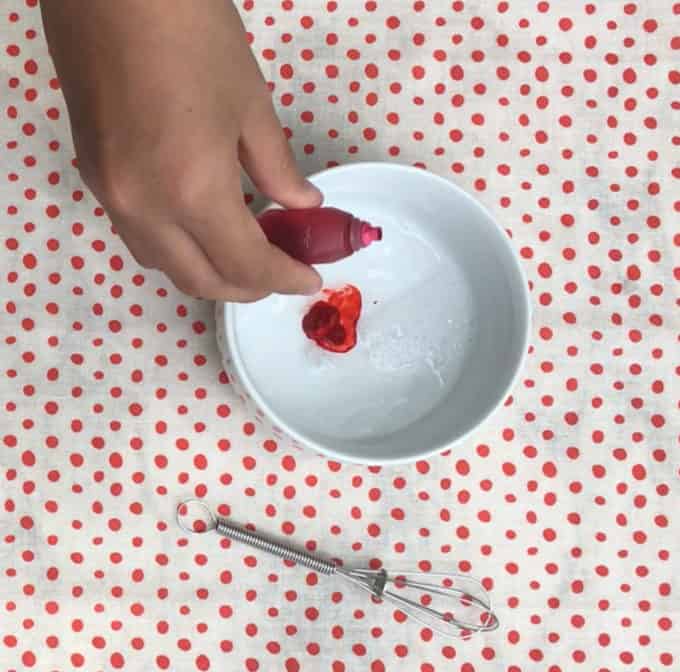
NOTE: Mix the bubble solution and color gently so that you don’t create too many bubbles.
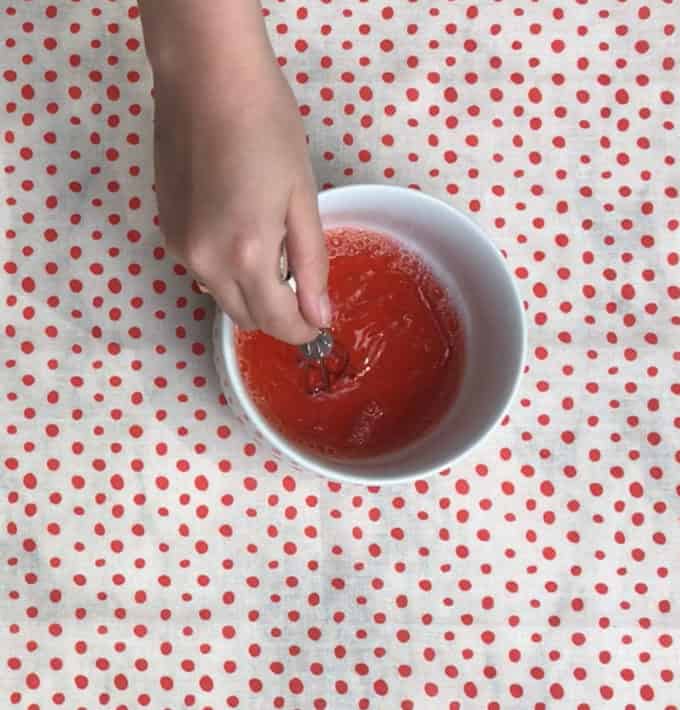
STEP 3: Use a bubble wand or the end of the straw to blow bubbles onto a sheet of paper! While card stock (or watercolor paper) is preferable because it will hold up to the liquid, you can still have lots of fun with plain computer printer paper. When the bubbles pop, they leave behind fun patterns and designs.
TIP: You can gently push down on the top of the bubbles to pop them quicker and create splatters!
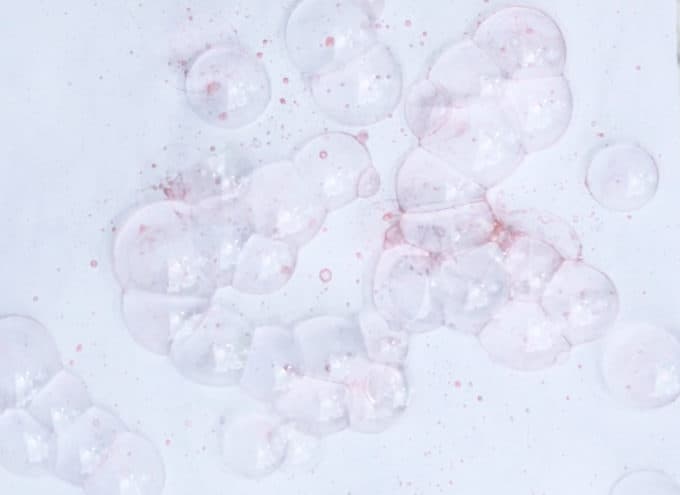
Bubble Painting Tips
- Encourage experimentation: Let kids try different blowing techniques and explore how the bubble patterns change with varying amounts of paint and soap in the solution.
- Explore other surfaces: Bubble painting can be done on various surfaces, such as fabric, cardboard, or even rocks. This allows kids to experiment with different textures and materials.
- Use different bubble wands: Instead of using standard drinking straws, use other bubble wands with various shapes and sizes to create unique patterns.
- Incorporate learning: You can turn bubble painting into a learning activity by discussing colors, mixing primary colors to create secondary colors, or discussing the science behind bubbles and how they form.
More Fun Bubble Activities to Try
- Make Homemade Bubble Solution
- Make Bubble Wands
- Can You Make a Square Bubble?
- Bouncing Bubble Science
Helpful Art Resources
Here are a few resources to help you introduce process art more effectively to your kiddos or students and feel confident when presenting materials. You’ll find helpful free printables throughout.
More Fun Art Projects
- Make fizzing art with baking soda painting!
- Fill up for water gun painting a masterpiece or even a white t-shirt!
- Grab some straws and paint to try easy blow painting.
- Get swatting fly swatter painting for a bit of messy art fun!
- Magnet painting is a fantastic way to explore magnet science and create a unique piece of art.
- Combine simple science and art with salt painting.
- Kind of messy but a fun art activity; the kids will have a blast trying splatter painting!
- Grab a handful of pinecones for a fantastic pinecone art activity.
- Make colorful ice cube paints which are easy to use outside and just as easy to clean up.

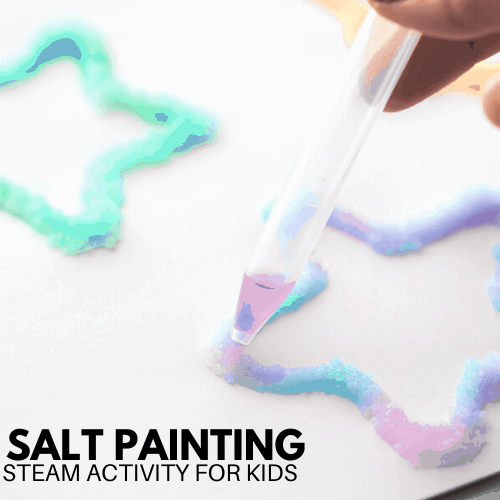
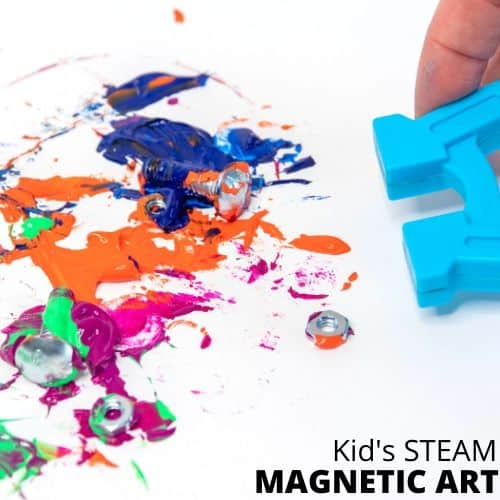
Click on the image below or on the link for fun and doable painting ideas for kids.


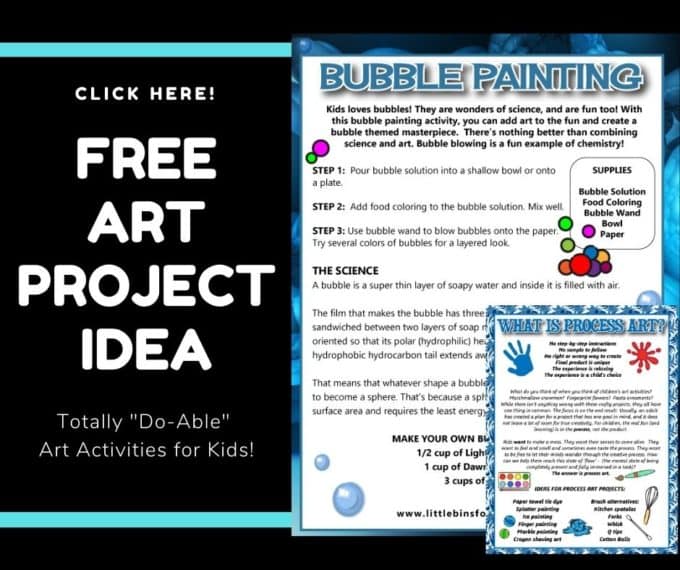

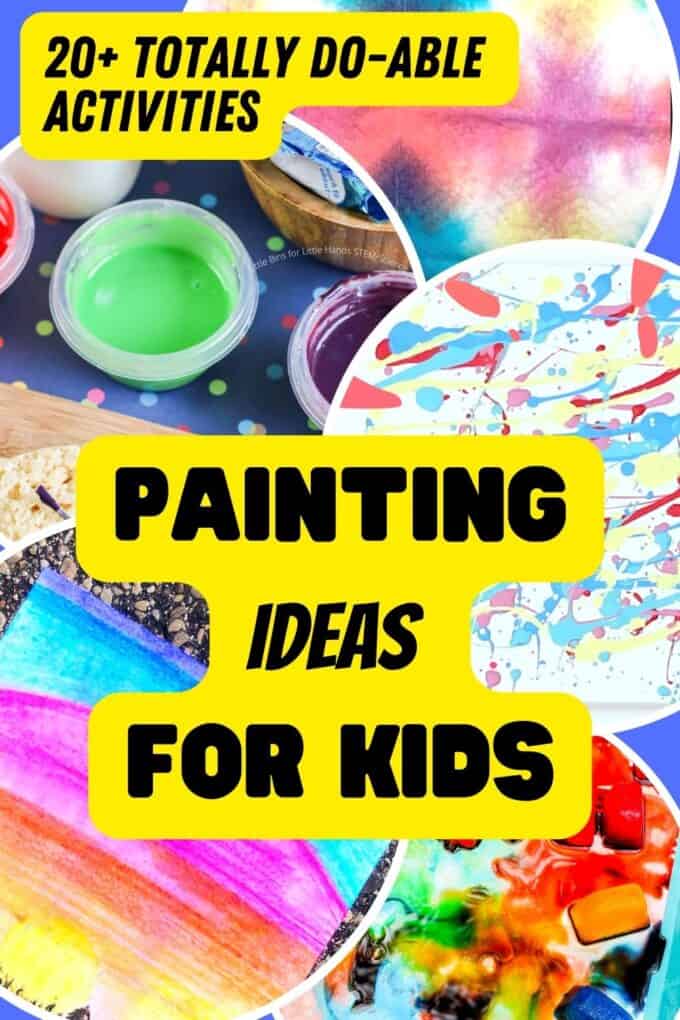






Bubble Art sounds like fun!